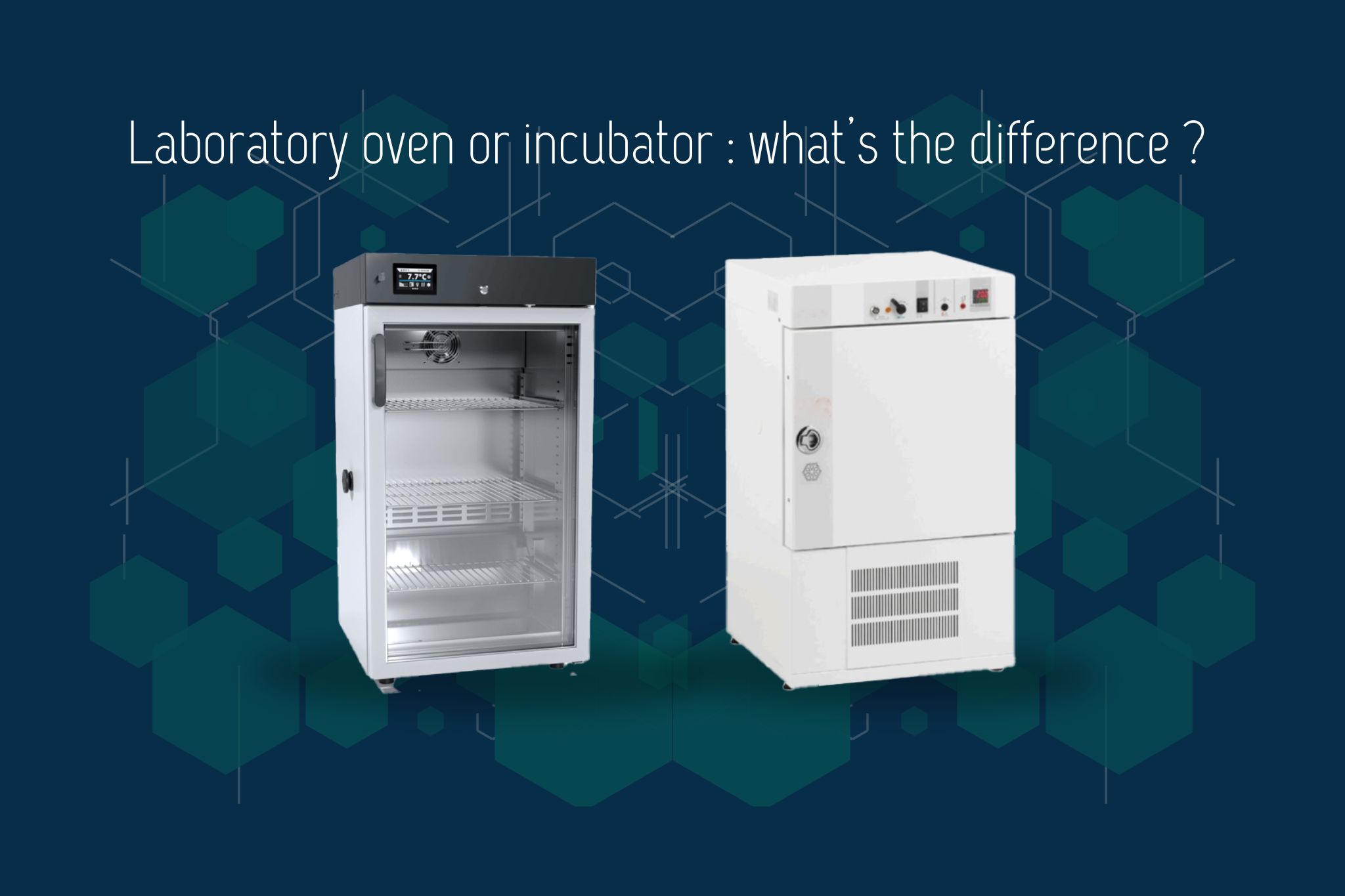In the scientific and medical fields, the terms “oven” and “incubator” are often used interchangeably, which can create some confusion. However, these two pieces of equipment have distinct characteristics that make them suitable for specific applications. Let's discover their fundamental differences together.
The laboratory oven: thermal versatility
A laboratory oven is equipment designed primarily for heating samples to controlled and stable temperatures. Its primary function is drying, sterilizing or maintaining a constant temperature for various applications.
The oven is distinguished by its ability to reach relatively high temperatures, generally between room temperature and 300°C, depending on the model. It offers precise temperature control with excellent thermal homogeneity throughout the heating chamber.
Ventilation is a key element in the modern oven. Forced convection models ensure an even distribution of heat, thus avoiding hot or cold spots that could compromise the quality of the results.
Ovens are used for drying of glassware and laboratory instruments, dehydration of samples, dehydration of samples, hardening of materials, accelerated aging tests, and dry heat sterilization. In the pharmaceutical industry, they are also used to test the stability of products at various temperatures.
The incubator: a controlled environment for life
The incubator, on the other hand, is specially designed for maintaining optimal conditions that promote the growth and development of organic crops. It not only controls the temperature, but also manages other essential environmental parameters.
The incubator generally operates at lower temperatures than the oven, typically between 5°C and 70°C, with an optimal range around 37°C for human cell cultures. The control precision is extremely fine, often to within ±0.1°C.
Beyond the temperature, the incubator controls the relative humidity, which is crucial to avoid dehydration of crops. Some advanced models also regulate the concentration of CO₂ (generally 5% for mammalian cell cultures) and O₂, creating an atmosphere close to natural physiological conditions.
Incubators are essential in microbiology for the cultivation of bacteria, fungi and yeasts. In cell biology, they allow the growth of animal and plant cells. They are also used in embryology, for egg hatching in biology, and in vitro fertilization (IVF) procedures.
Key differences at a glance
Temperature is the first significant difference: the oven can reach much higher temperatures (up to 300°C) while the incubator stays within moderate ranges (5-70°C) adapted to living organisms.
Environmental control is a major distinction. The oven focuses mainly on temperature, while the incubator manages multiple parameters (temperature, humidity, CO₂, O₂) to create a complete ecosystem.
The purpose of use differs fundamentally: the oven aims to heat, dry or sterilize inert materials, while the incubator creates conditions conducive to the development of living organisms.
Finally, the design reflects these differences in use. Ovens favor robust construction with effective thermal insulation, while incubators incorporate sophisticated atmospheric control systems, doors with portholes to minimize disturbances, and often integrated sterilization systems.
How to choose between an oven and an incubator?
The choice between these two pieces of equipment depends entirely on your application. If you are working with cell cultures, bacteria, or any living organism that requires specific environmental conditions, an incubator is the obvious choice.
On the other hand, if your needs concern the drying of equipment, sterilization with dry heat, the hardening of materials or tests at high temperatures, the oven will be your best ally.
In some multi-purpose laboratories, the two pieces of equipment coexist to meet all needs, each optimized for its specific applications. Understanding their differences allows you to invest wisely and optimize your experimental protocols for reliable and reproducible results.



